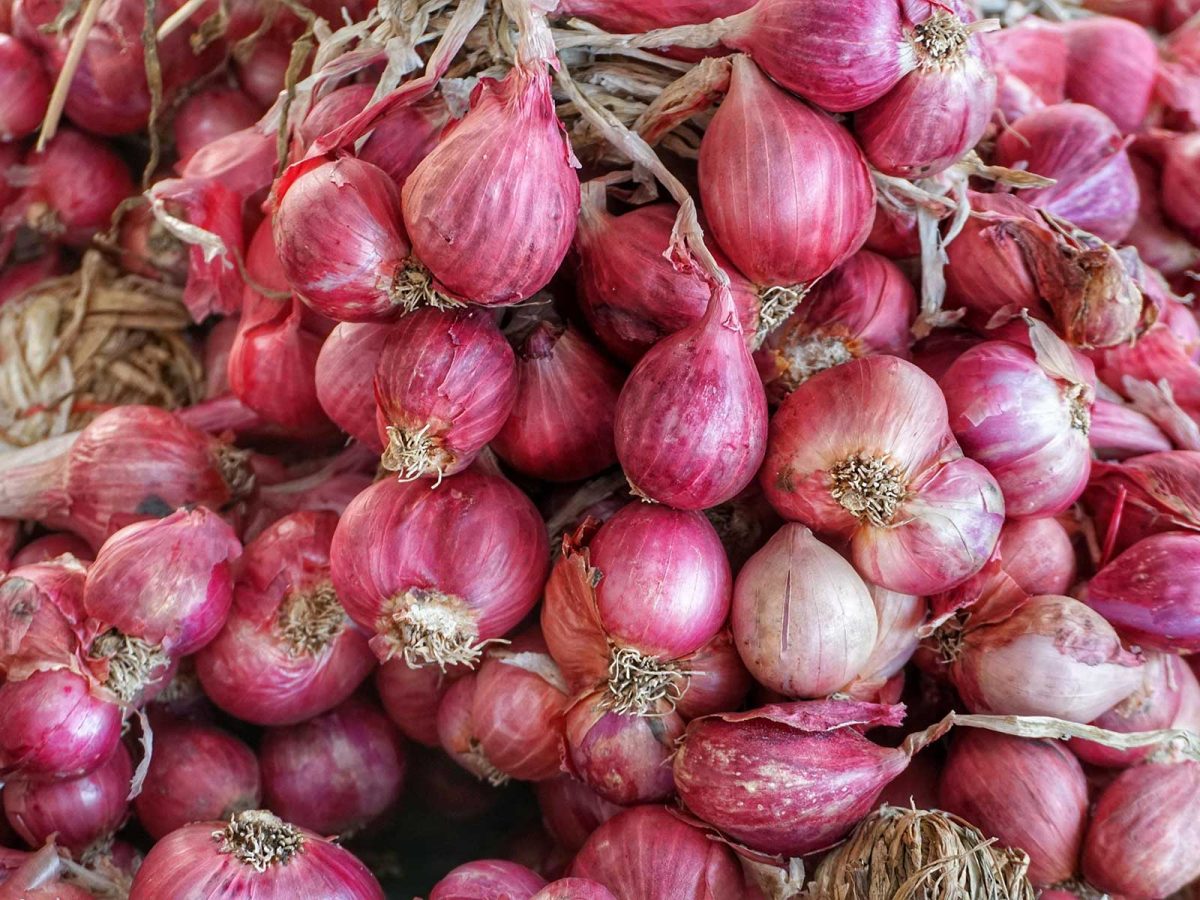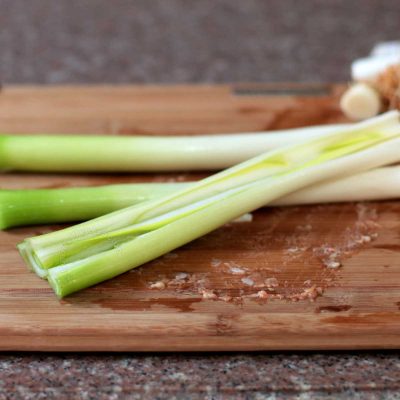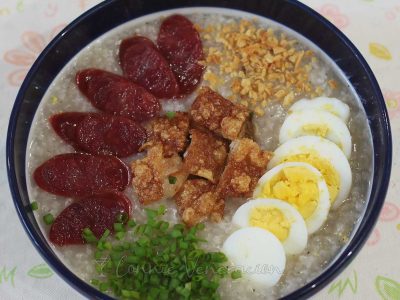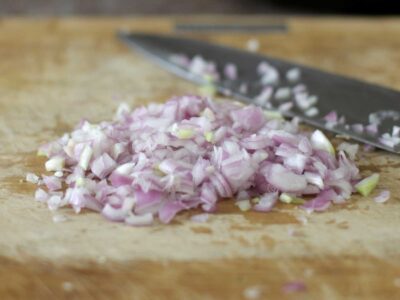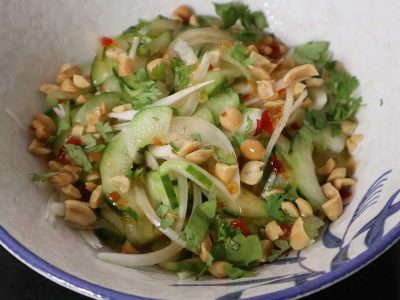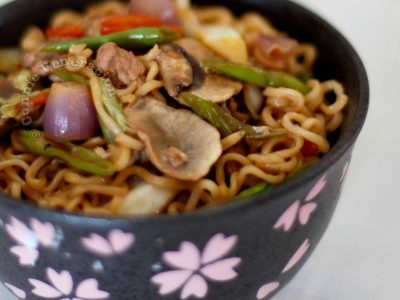Why is it important to know the difference of one from the others? Because they have different uses. You have to taste each one to know which goes best with what.
Shallots
Shallots are small onions but just because an onion is small doesn’t automatically make it a shallot. The most telling characteristic of the shallot is that, like garlic, a single bulb contains two or more cloves or segments. The skin can be reddish, brownish or grayish.
The strict distinctions aren’t really followed in practice. There are parts of the world where shallots and small red onions are used interchangeably and there are culinary cultures that refer to scallions as shallots.
When perusing a recipe and the ingredients call for shallots but you feel that the author is referring to scallions, you can decide whether to follow the recipe to the letter or not.
Spring onions
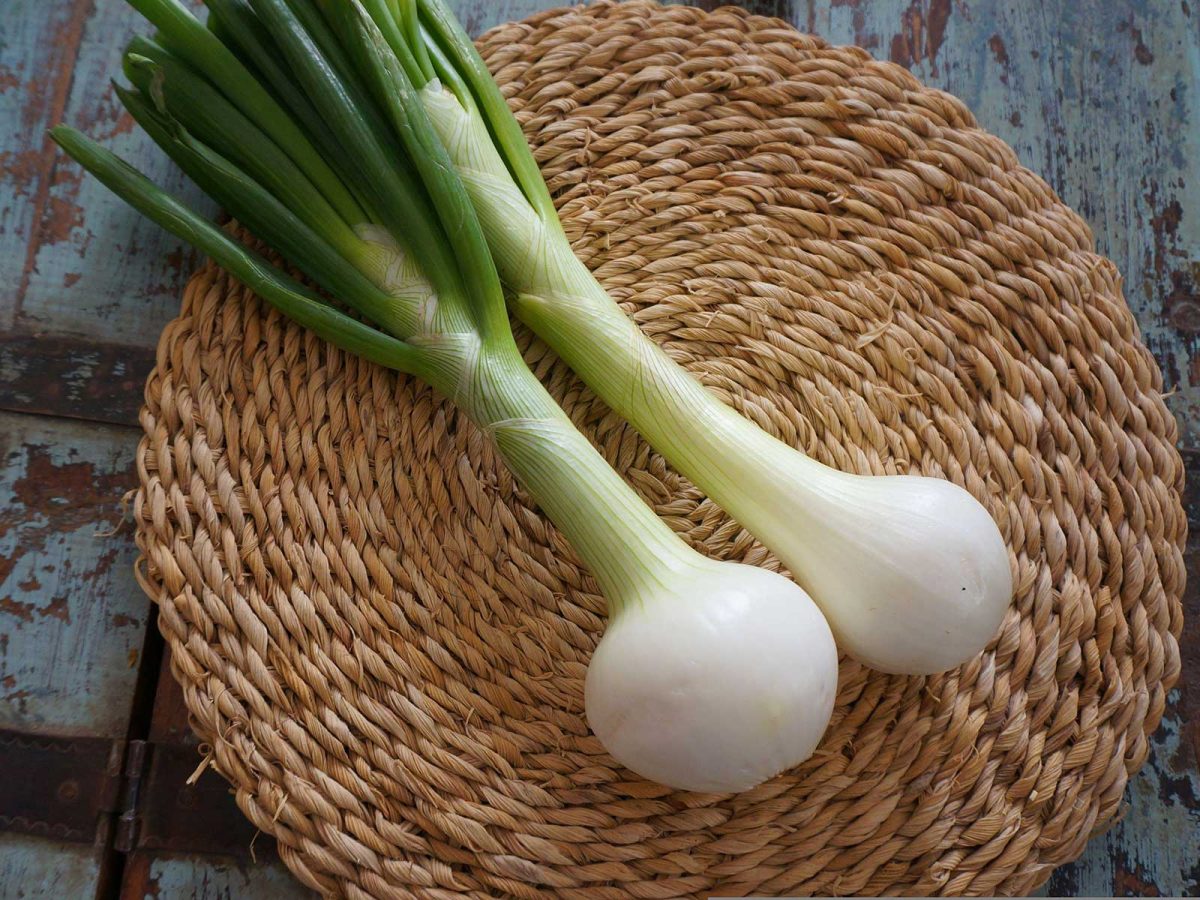
Spring onions are very young onions that have not yet formed papery skin. All parts of the spring onion — roots, bulbs and leaves — are edible. There is nothing to peel. All you have to do it rinse them very well to remove and soil that may be clinging to them especially in the roots (after all, the bulbs do grow underground). Using roots for cooking doesn’t sound palatable to you, just cut them off and discard.
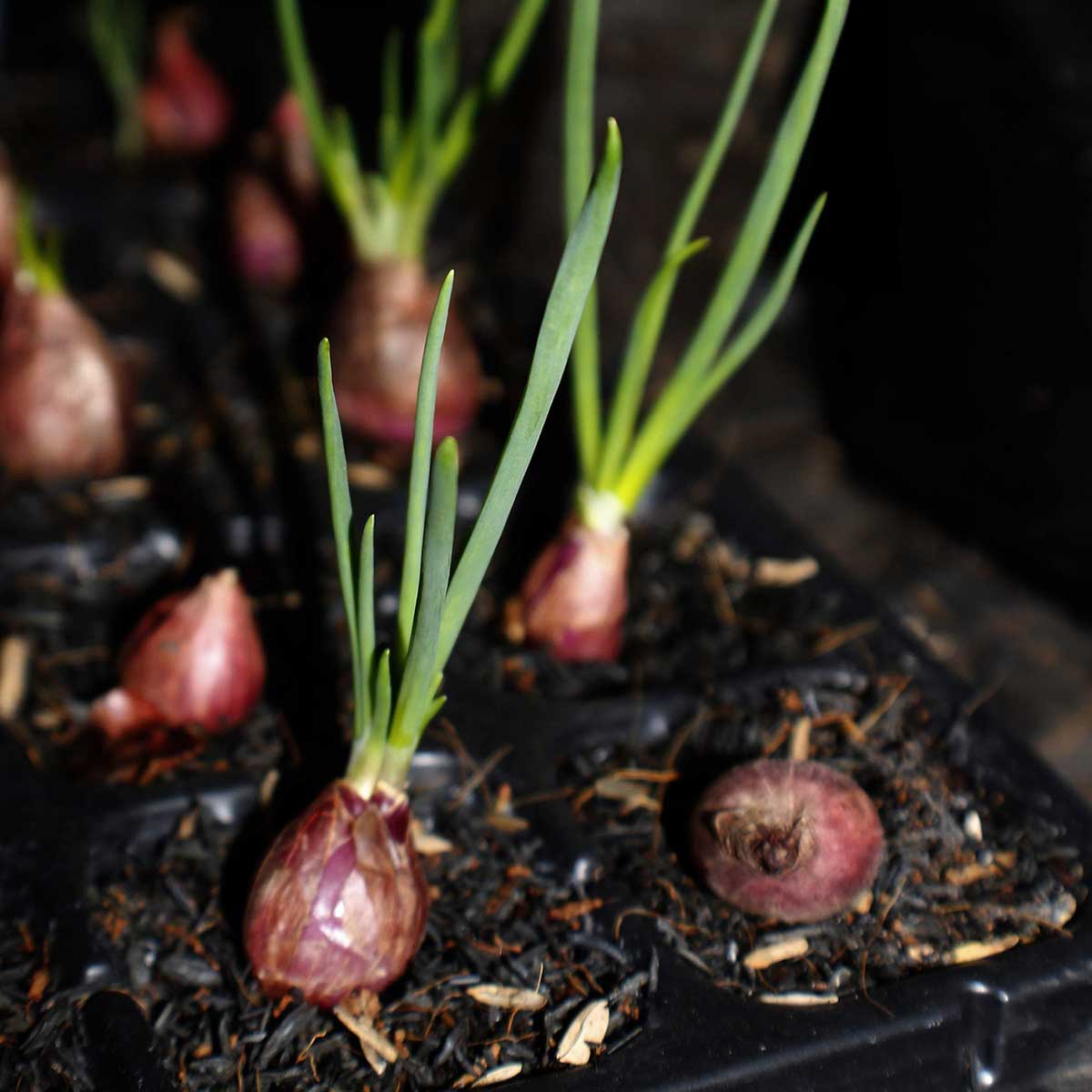
In practice, however, “spring onion” is also used to refer to the leaves growing on top of the onion even if the onion is left to grow to full maturity and size.
So, if a recipe says “spring onion”, try to determine if it’s just the leaves that you need or if the recipe calls for the whole thing with the bulbs and, optionally, the roots. Or try to analyze if scallions are required instead. Yep, scallions and spring onions are not the same.
Scallions

Strictly speaking, scallions don’t form bulbs so they really are harvested for the leaves. Scallions, along with onion and garlic, belong to the genus Allium. All parts of the scallion are edible from the roots to the dark green tops. Some stalks are pretty thin (as in less than a quarter of an inch in diameter) while other specimens are larger.
But scallions are scallions and the larger size doesn’t qualify them as leeks. In some groceries, large scallions are sold as “onion leeks” but whether that is a mistake in terminology or a hybrid plant, I have no idea.
Leeks
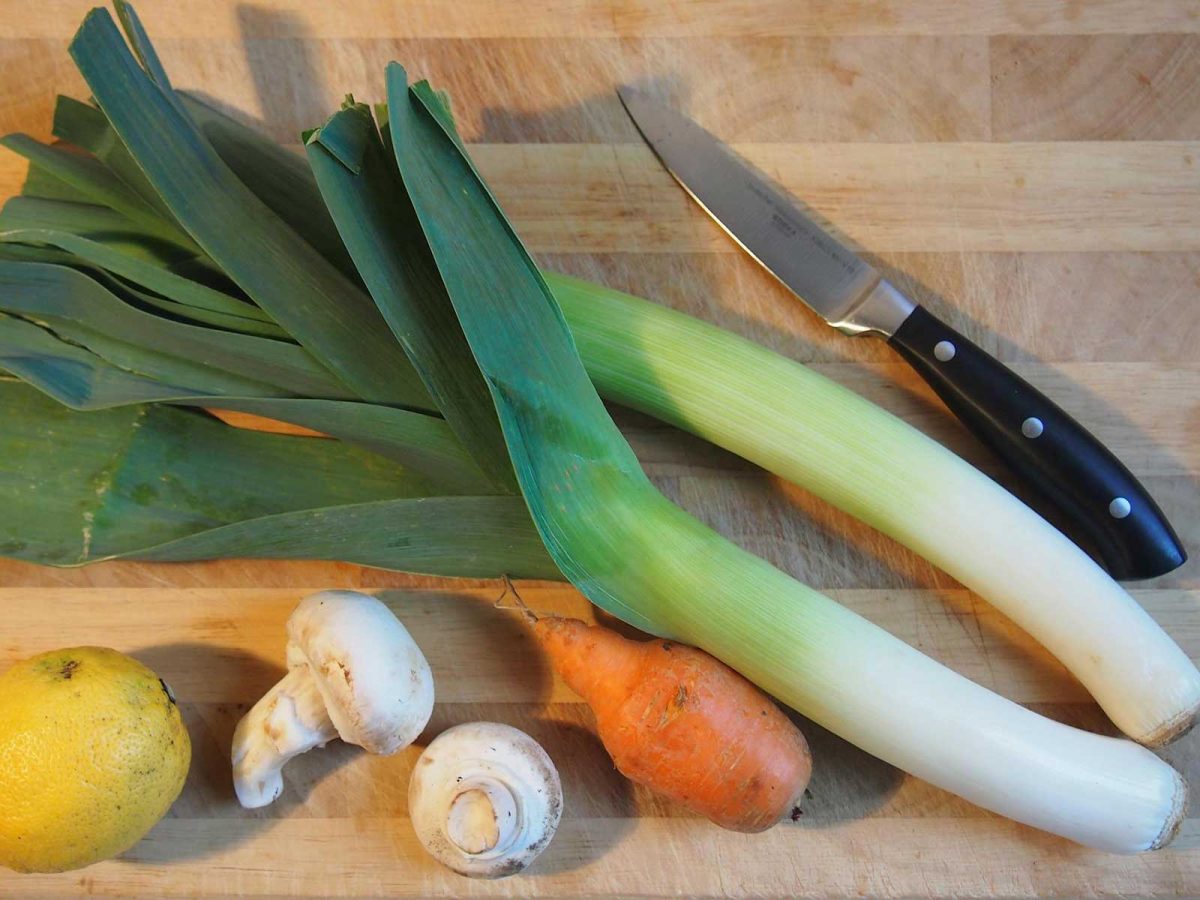
Leeks, although they also belong genus Allium, are not the same as scallions. Leeks look like very large scallions but they are constructed differently. The lower portion of the leek consists of bundled sheaths.
Unlike scallions, only the white and light green potion of the leeks are edible as the dark green portions are too fibrous. They may, however, be added when making broth from scratch. For more on prepping leeks for cooking, see the linked post below.
Leeks: how to clean,cut and use in cooking
Leeks look like big scallions and they taste like onions. They are all related although each has distinct characteristics that sets it apart from the others.

